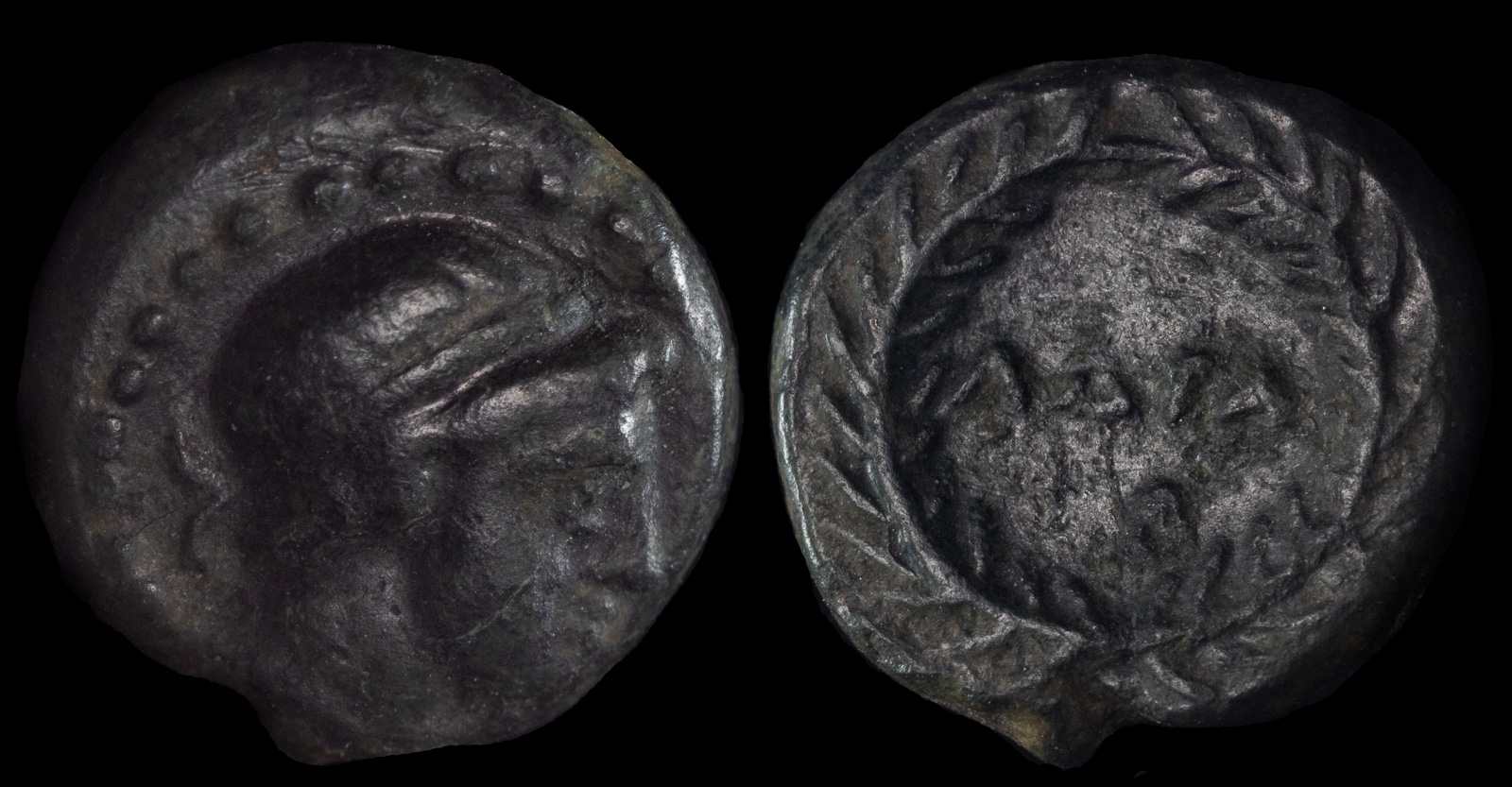Dotted Border
View All Tags
One of the primary functional reasons for the dotted border was protection against counterfeiting. In the ancient world, coins were often struck by hand, and their edges could be easily filed down or shaved to remove precious metal, thus reducing their value. By adding a dotted or beaded border around the coin’s design, mint authorities made it more difficult for fraudsters to alter or clip the edges without damaging the overall design. The border effectively created a physical boundary that prevented the removal of precious metal while keeping the coin’s imagery intact. Additionally, these borders helped ensure that the design elements—such as the face of a ruler or symbols of the issuing city—remained fully visible and undamaged, preserving the integrity of the coin’s messaging.
Another important reason for the use of dotted borders was aesthetic and symbolic value. The border helped frame the central imagery of the coin, giving it a more structured and polished appearance. The repeating pattern of dots or beads added a sense of rhythm and balance to the overall design, elevating the coin from a simple piece of currency to a work of art. In the symbolic sense, the border could also serve to reinforce the official nature of the coin, marking it as a product of state-sanctioned authority and legitimacy. The presence of such borders could be interpreted as a visual signal that the coin was minted with governmental or divine oversight, giving it a greater sense of sanctity and trustworthiness.
In some cases, the dotted border was not only an aesthetic choice but also a tool for ensuring consistent production. Coins in the ancient world were often struck using hand-operated presses, and the dotted or beaded border acted as a guide to ensure that the die was aligned properly during minting. This alignment ensured that the design was centered and that the coin maintained consistent dimensions and proportions, reinforcing the idea of a standardized and regulated currency system.
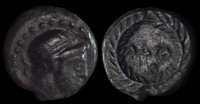
Adramyttion, Mysia 3rd century BCE
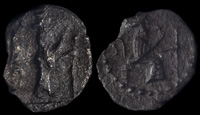
Bedyehibel 375-333 BCE
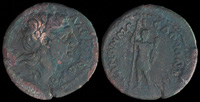
Koinon of Macedon 222-235 CE

Madytos, Thrace 350-300 BCE
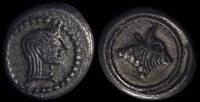
Phasis, Kolchis 425-325 BCE
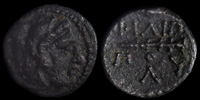
Philip II 359-336 BCE
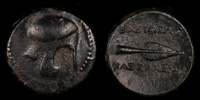
Pleistarchos 305-298 BCE
